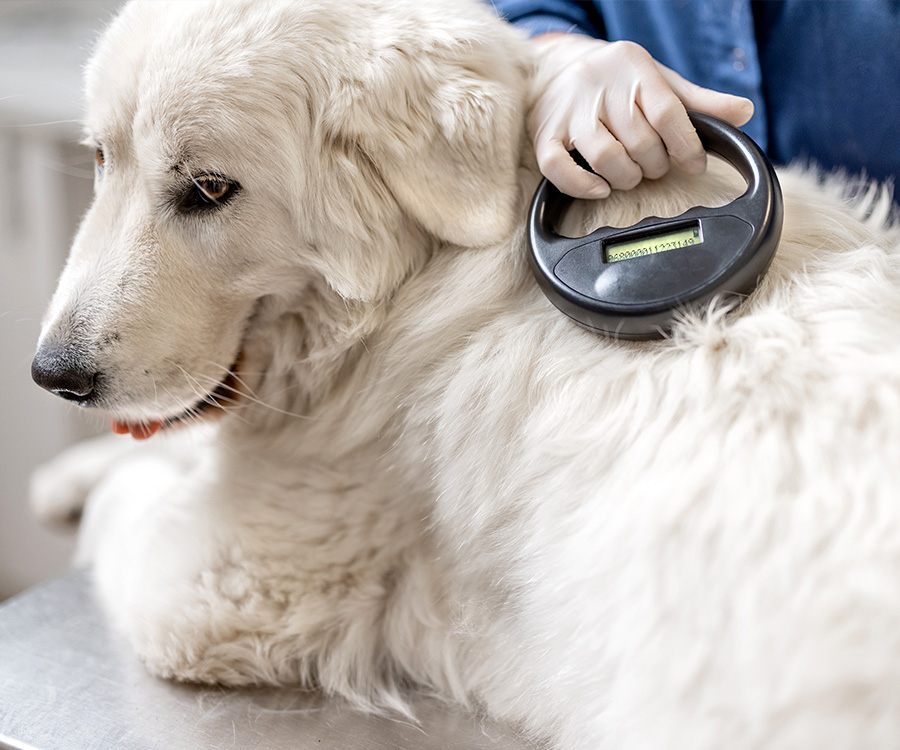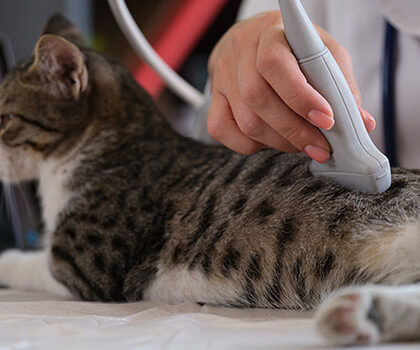Understanding the importance of pet identification tags
As we reach the official final month of summer, you and your pet will probably try to spend as much time in the great outdoors as possible before the season ends.

Pet ID tags are the main way rescue groups can get in touch with owners.
With all of this outdoor time, owners will have to be mindful of their pet's ID tags and other forms of identification. According to FoundAnimals.org, one in three pets will become lost at some point in their lifetimes, and ID tags are the primary way that rescue groups can get in touch with owners and return them. Unfortunately, the Humane Society of America reports that only 30 percent of dogs and between two and five percent of cats are ever reclaimed by their owners in shelters, most likely due to missing identification. If you don't want your pet to become part of these statistics, here are a few ways that you can improve your chances of finding your pet if your companion happens to be lost.
Get Your Pet Registered
Whether you live in a big city or out in a rural area, getting your dog or cat licensed with the proper authorities will increase your chances of finding your pet. While the laws vary from state to state, and even in specific cities, registering your pet with a license can improve the chances that he or she will be returned to you if found by a resident or animal control.
Pick Up Multiple ID Tags
If you decide to travel with your dog or cat toward the end of the summer, it may be wise to purchase an extra set of ID tags for your trip. Because it's a wise choice to bring along extra collars, leashes and other dog supplies while traveling, do the same with your ID tags. This will ensure that your pet always has proper identification when exploring a new locale.
Consider Dog Microchips

In addition to ID tags, microchips can also be used to identify an owner.
In addition to ID tags, microchips have also become valuable secondary forms of identification for dogs. These small microchips are painlessly implanted underneath a dog's skin and use a permanent identification number that's put into a central database, reported DiscoveryHealth.com. The device contains no battery and will only work when an animal healthcare professional scans the chip. PetFinder.com reports that the return-to-owner rate for microchipped dogs was over 52 percent, while cats reported an impressive 38 percent.
Whether you're a long-time dog owner or a new pet parent, the importance of ID tags cannot be understated. Of all pet products to invest in for your pets, this one could easily be one of the most important as its one of the few ways that your pet can be returned to you if he or she becomes lost.
This content is provided by the pet wellness experts at Hartz. We know that adopting a dog or cat is a huge commitment, so we're here to help you feel confident and become the best pet parent you can be.


















